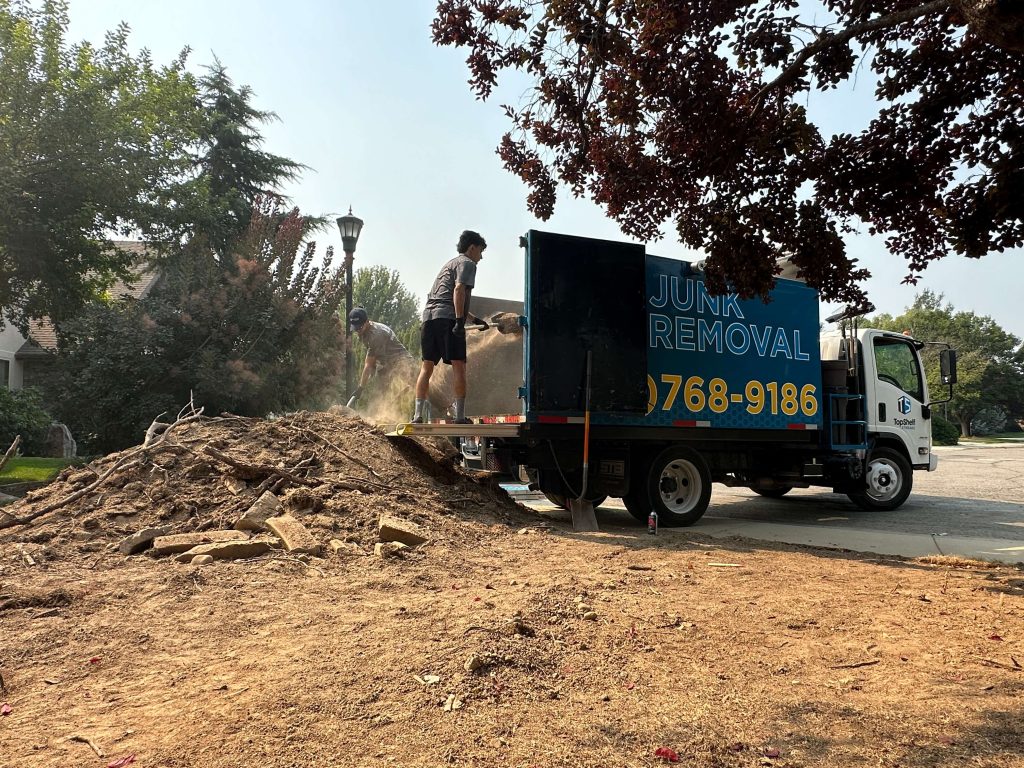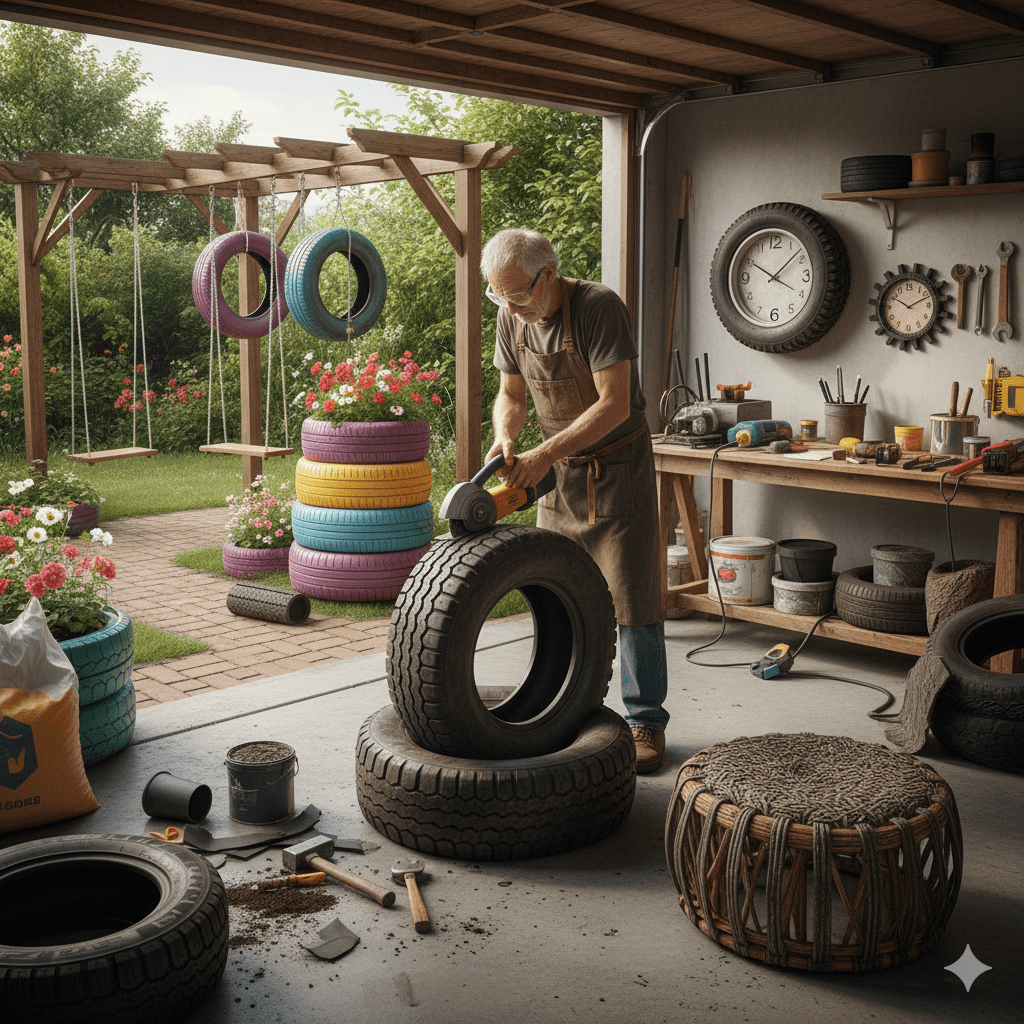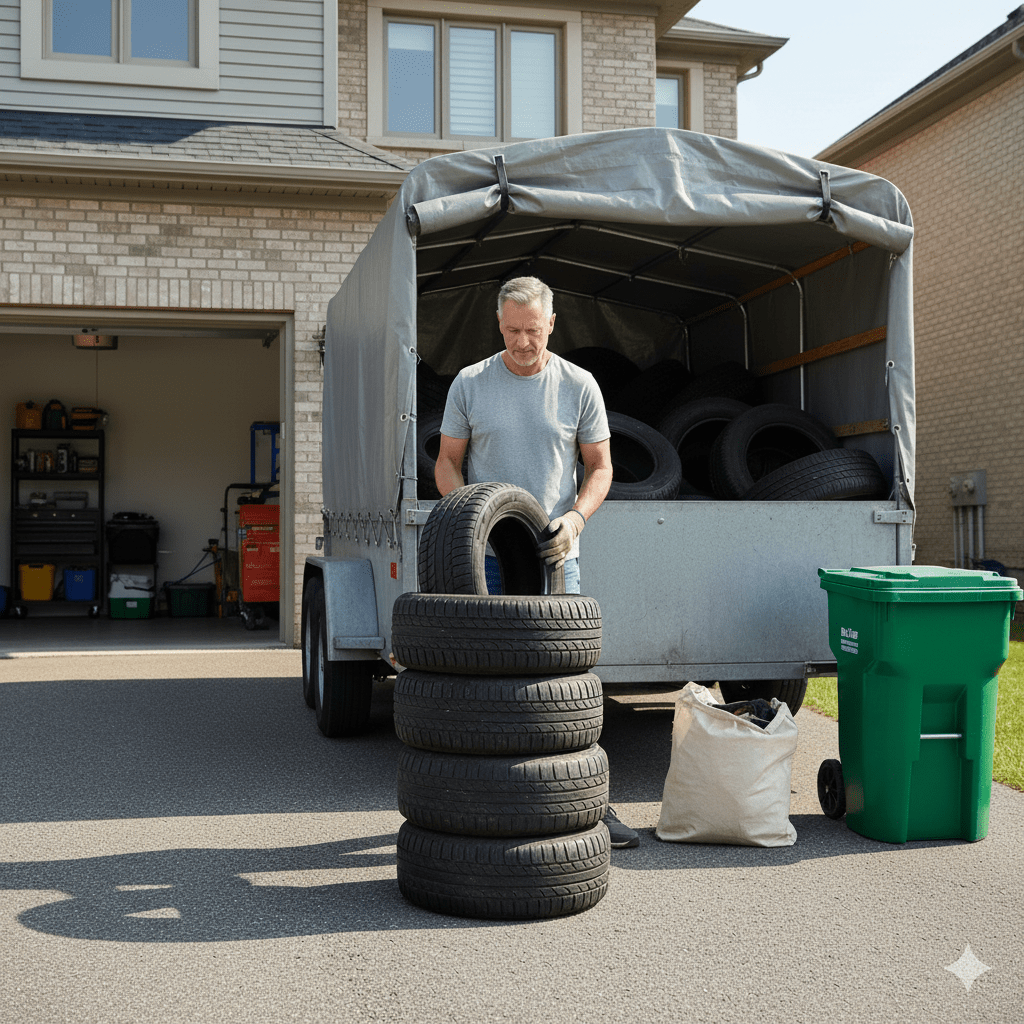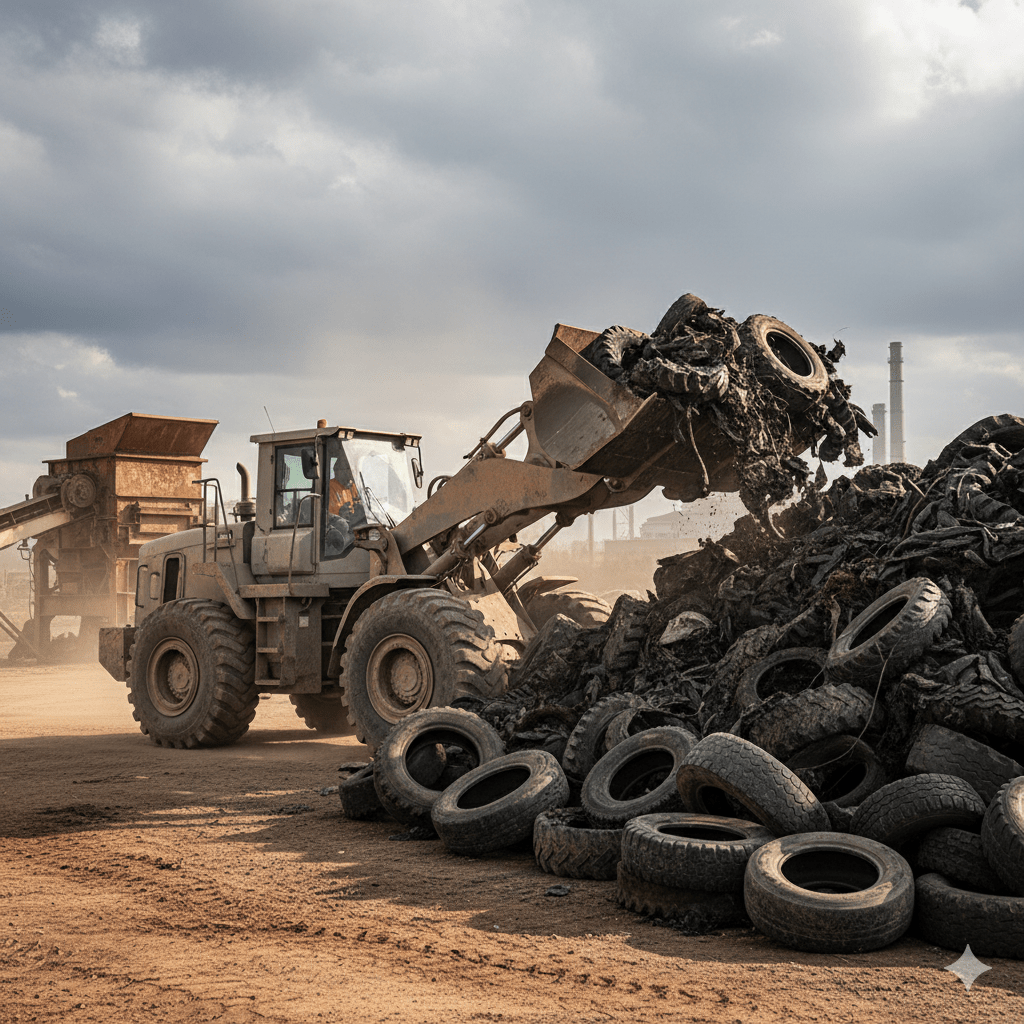So you did it. You watched the last wall fall. You heard the crunch of drywall and the satisfying rumble of the excavator hauling off your home’s skeleton. Maybe you felt vindicated. Maybe a little sad. Maybe both.
Now you’re staring at dirt, rebar, and leftover bricks—and wondering what the hell to do next.
This is the part no one talks about. Everyone loves the dramatic house demolition montage. But what comes after? Where do you go from here?
Here’s the no-bullshit guide to post-demolition next steps.
Grading and Leveling the Lot
First things first: clean doesn’t mean flat.
After demolition clean-up, you’re left with churned-up soil, divots from heavy equipment, random debris, and maybe a buried water line that no one warned you about. The next step is grading—leveling the site so water drains the right way and you’re not building on a rollercoaster.
What grading includes:
- Smoothing the surface with skid steers or graders
- Compacting the soil (so it doesn’t sink after your new build)
- Setting proper slopes for water runoff
If your demolition company didn’t include grading, you’ll need a separate crew. Ask around or Google “site prep after demolition near me” and check who owns a laser level and doesn’t look like they just learned what a foundation is last week.
Soil Testing and Future Construction Plans
Before you build anything, you need to know what you’re building on.
That means soil testing—a.k.a. geotechnical boring, which is just a fancy way of saying “let’s drill a hole and see what’s down there.”
Why it matters:
- Some soil types expand when wet (hello, cracks)
- Others shift like drunk uncles during a wedding dance
- Some areas need engineered foundations or deeper piers
- If you had a septic system or underground oil tank, they need to be removed or declared safe
If you’re planning future construction, bring in the soil nerds early. They’ll run tests, hand you a 30-page report, and help your builder avoid costly surprises mid-foundation.
Handling Leftover Utilities and Infrastructure
So the house is gone. Cool. But what’s still buried under the ground?
Before you plant grass, pour concrete, or build your dream garage, you’ll need to:
- Cap off sewer lines (some cities require a permit and inspection)
- Disconnect and mark electrical service (utility company should’ve done this pre-demo, but check anyway)
- Handle gas lines (call the utility. Do not guess. This is how people explode.)
- Locate water lines and remove old plumbing stubs
If any utilities were damaged during demolition (yes, it happens), you’ll need repairs or re-routes. That’s not just a future headache—it’s a current, expensive one if you ignore it.
Ask your demolition contractor if they documented utility terminations. If they say “we think it’s fine,” don’t trust them.
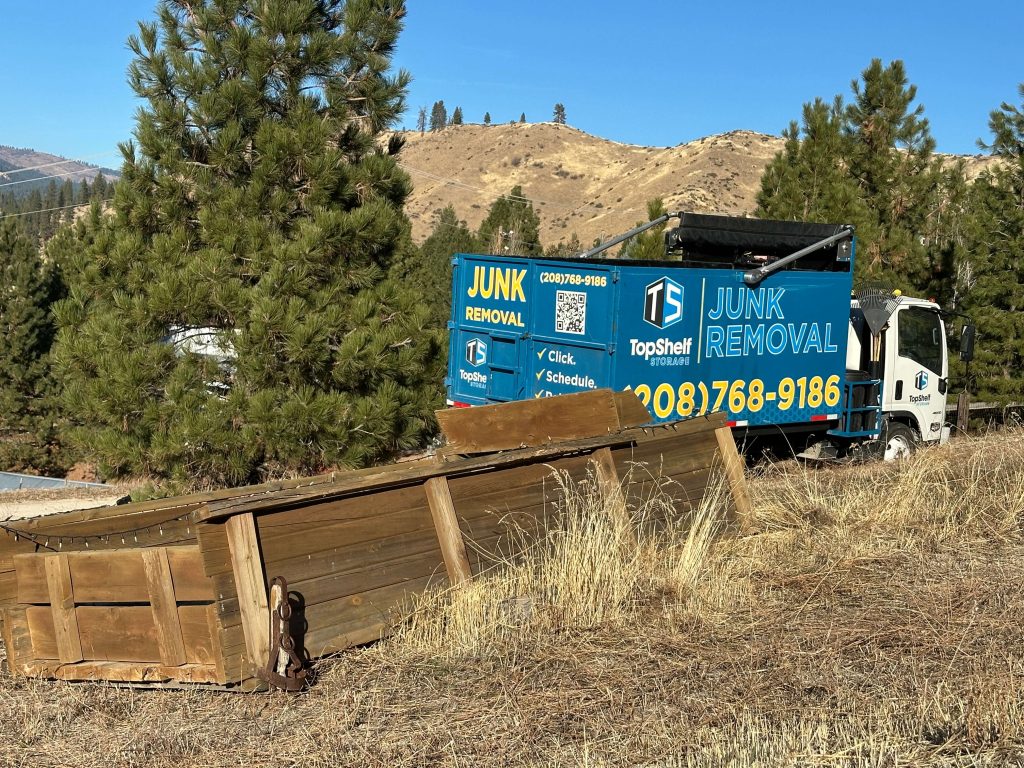
Seeding, Sod, or Building: What Comes Next?
Now that your site is flat, clean, and safe, you’ve got three choices:
1. Seed or Sod the Lot
Perfect if you’re not building immediately. You keep the dust down, the neighbors happy, and the city off your back. (Some cities will fine you if you leave bare dirt for too long.)
2. Build Something New
Garage, guesthouse, full rebuild—this is where the fun starts. Architect, permits, blueprints, and a whole new era of “why is this taking so long?”
3. Park It or Use It
RV pad? Storage? Community garden? Install a slab and go minimalist for a bit. Just check with zoning if you plan to build something weird or ambitious.
Just finished a shed demolition and removal or pool demolition too? Great—bundle the clean-up and make space planning easier. A good demolition company should prep the site so you’re not inheriting someone else’s mess.
Choosing Between Rebuilding vs. Selling the Land
Ah, the fork in the road. Now that your lot is clean and clear, you have to decide—do you build, or do you sell?
Rebuilding makes sense if:
- You already own the land debt-free
- You’ve got a clear plan and the funds to start soon
- You like the location and want to stay
Selling the land makes sense if:
- You’re burned out (emotionally or financially)
- The cost to build is way higher than the land’s value
- You want to cash out and not deal with another project
Check recent sales nearby. A cleared lot with utilities ready to go can be prime real estate—especially if it’s in a tight market. Just be upfront in listings if the site needs additional prep or zoning adjustments.
If you’re not sure what it’s worth, contact a realtor before listing. Better yet, Google “house demolition near me” and ask the company what other clients do post-demo—they see this stuff every day and usually have solid insights.
Final Word
Demolition isn’t the end—it’s the reset button. But what comes after determines whether you gain momentum or get stuck staring at a dirt patch for the next year.
Grade it. Test it. Deal with the utilities. Then make your next move—build or sell—but make it count.
Because clearing the way is only half the battle. What you do next is what actually writes the next chapter.


